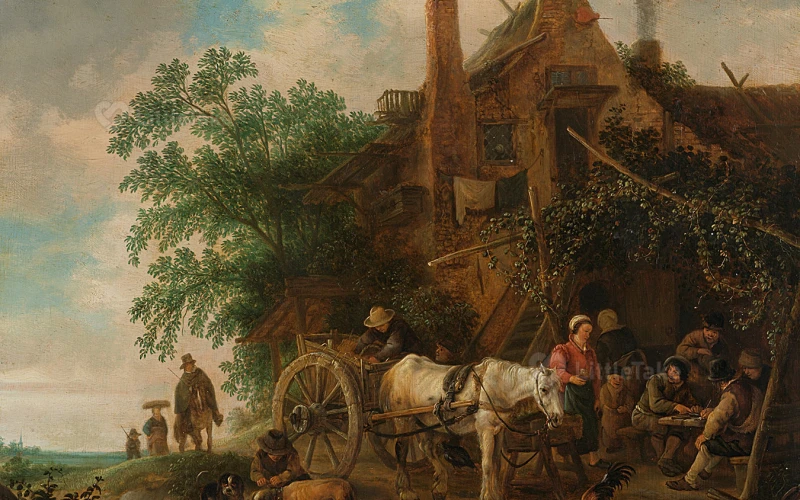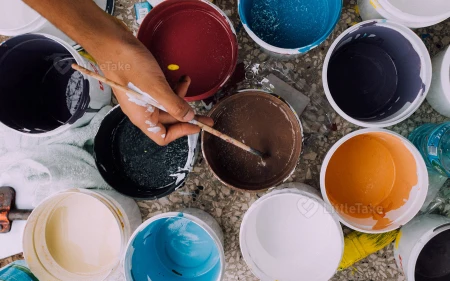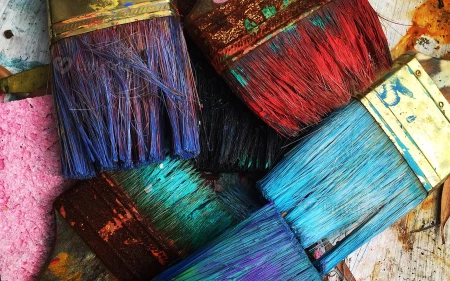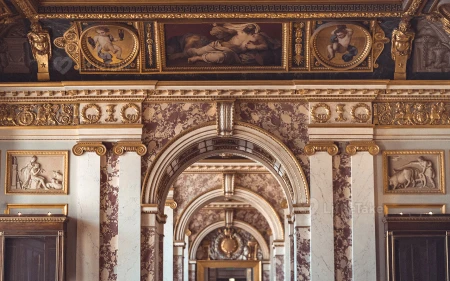
How to Critique Artwork
Critiquing artwork is an essential skill for artists, art enthusiasts, and students. A well-rounded critique can help artists grow and improve their work. In this article, we'll explore the steps to effectively critique artwork in a constructive and thoughtful manner.
1. Observe and Describe
Begin by carefully observing the artwork. Take note of the medium, style, and overall appearance. Describe what you see without judgment, focusing on the elements of art such as line, shape, color, texture, and form.
2. Analyze the Elements and Principles of Design
Consider how the elements of art are used in the piece, and how they relate to the principles of design, such as balance, emphasis, movement, proportion, and unity. Analyze how these elements and principles contribute to the overall success or impact of the artwork.
3. Interpret the Meaning
Reflect on the artwork's meaning or message. What emotions, ideas, or themes does it convey? Consider the artist's intention, as well as your personal response to the work. Remember that interpretations can vary, and that's perfectly okay.
4. Evaluate the Technical Skill
Assess the artist's technical skill and execution. Look for signs of craftsmanship, such as attention to detail, control of the medium, and effective use of techniques. Keep in mind that some artists intentionally adopt a "loose" or "raw" style, which can still demonstrate skill and intentionality.
5. Consider the Context
Think about the historical, cultural, or personal context of the artwork. How does it relate to the artist's body of work or the broader art world? Understanding the context can provide valuable insights into the meaning and significance of the piece.
6. Provide Constructive Feedback
When offering feedback, focus on specific aspects of the artwork and provide constructive criticism. Offer praise for the parts that are successful, and suggest areas for improvement. Remember to be respectful and empathetic, as creating art is a vulnerable process.
7. Practice Active Listening
If discussing the artwork with the artist or other critics, practice active listening. Be open to different perspectives and try to learn from the conversation. Engaging in meaningful dialogue can help deepen your understanding and appreciation of the artwork.
In conclusion, critiquing artwork is a valuable skill that can help artists grow and improve their work. By observing, analyzing, interpreting, evaluating, and providing constructive feedback, you can engage with art on a deeper level and contribute to the artistic community. Remember, effective art critique is about fostering growth and understanding, so approach it with an open mind and a respectful attitude.


















